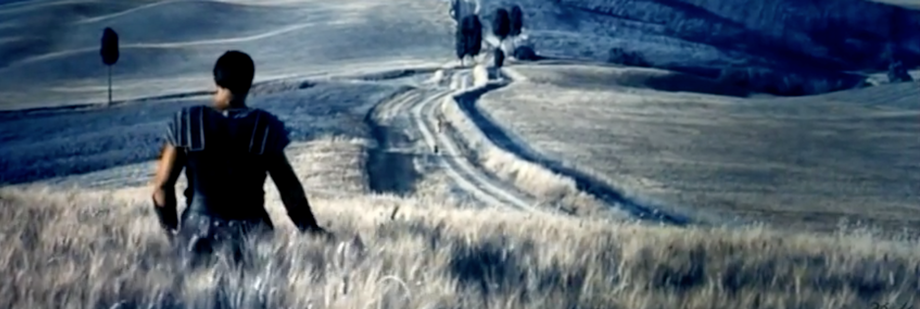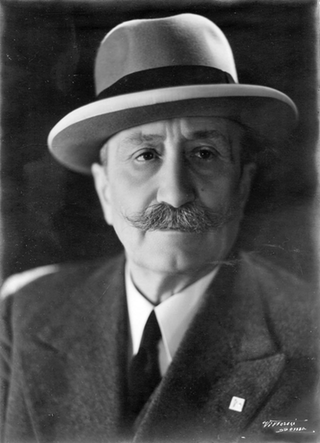
Podcast: Play in new window | Download (Duration: 25:51 — 24.0MB)
Subscribe: Google Podcasts | Spotify | Android | RSS | More
 Before I read Christopher Emsden’s book Sweetness and Light: Why the demonization of sugar does not make sense I had no idea that the statistical correlation of air pollution and the epidemic of “diabesity” was stronger than the correlation with sugar. Or that among the indigenous people of Canada, those who still spoke their tribal language have far lower incidence of type 2 diabetes and obesity than those who have mostly lost their language.
Before I read Christopher Emsden’s book Sweetness and Light: Why the demonization of sugar does not make sense I had no idea that the statistical correlation of air pollution and the epidemic of “diabesity” was stronger than the correlation with sugar. Or that among the indigenous people of Canada, those who still spoke their tribal language have far lower incidence of type 2 diabetes and obesity than those who have mostly lost their language.
Does that let sugar off the hook as a dietary demon? There’s no doubt that as a potent source of calories, sugar can be a problem. But as a specifically toxic substance, as many authors have claimed? Emsden makes a good case that there is more to blame for society’s dietary woes than pure, white and deadly sugar.
Personally, I’m not convinced there’s anything worse about sugar than that it packs a lot of calories into a small volume – but then so does peanut butter, even without added sugar.
Notes
- Order Sweetness and Light from Amazon.
- The media’s latest sugar binge began recently with an article by Ian Leslie in The Guardian.
- Katherine Docimo Pett, aka Nutrition Wonk, followed up with a lengthy response. You may find Marion Nestle’s summary easier going. Or you may want even more meat, from Nutrevolve or Sheila Kealey.
- Banner artwork by Lucy Clink.

 Today’s show is something of a departure; I’m talking about someone who is crucial to global food security and yet who is almost unknown.
Today’s show is something of a departure; I’m talking about someone who is crucial to global food security and yet who is almost unknown. 
 The Butter Museum in Cork, Ireland, features on some lists of the world’s quirky etc. food museums but not others. It ought to be on all of them. This is a seriously interesting museum for anyone who likes butter, and in my book, that means just about everyone. (I refuse absolutely to say anything about the impact – if any – of butter on health, not least because there’s nothing certain one can say.) It sits next to the grand Butter Exchange, built when the Cork Butter Market sat like a colossus astride the global market. The Irish butter traded through Cork was done in by refrigeration, fell to the lowest level possible, and then emerged again after Ireland joined the European Union, by returning to the principles that made the Cork Butter Exchange great. The Butter Museum tells the whole story. This episode tells a bit of it.
The Butter Museum in Cork, Ireland, features on some lists of the world’s quirky etc. food museums but not others. It ought to be on all of them. This is a seriously interesting museum for anyone who likes butter, and in my book, that means just about everyone. (I refuse absolutely to say anything about the impact – if any – of butter on health, not least because there’s nothing certain one can say.) It sits next to the grand Butter Exchange, built when the Cork Butter Market sat like a colossus astride the global market. The Irish butter traded through Cork was done in by refrigeration, fell to the lowest level possible, and then emerged again after Ireland joined the European Union, by returning to the principles that made the Cork Butter Exchange great. The Butter Museum tells the whole story. This episode tells a bit of it.